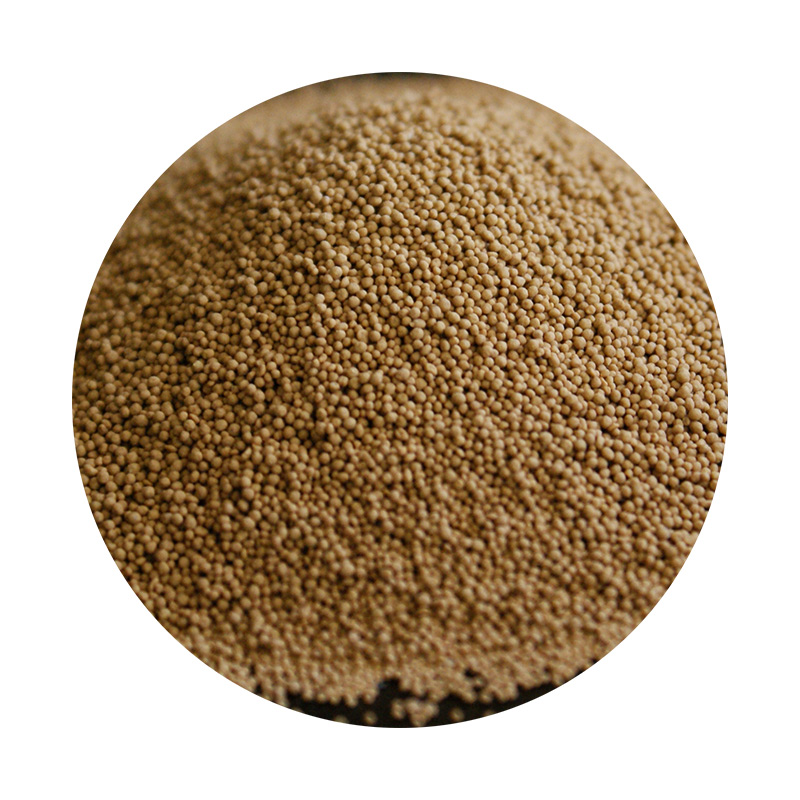How to Sand Small 3D Prints A Step-by-Step Guide
3D printing has revolutionized the way we create objects, providing endless possibilities for designers, engineers, and hobbyists alike. However, one of the common challenges faced by 3D printing enthusiasts is achieving a smooth finish on printed models. Sanding small 3D prints is an effective way to eliminate imperfections, enhance aesthetics, and prepare your models for painting or further finishing. This guide will walk you through the process of sanding small 3D prints, ensuring you achieve a professional-looking result.
Materials Needed
Before you begin the sanding process, gather the necessary materials
1. 3D Print Ensure that your model is fully printed and allowed to cool. 2. Sandpaper Use a variety of grit sandpapers, typically ranging from 80 to 2000 grit. Coarser grits (80-120) are suitable for initial sanding, while finer grits (600-2000) are ideal for finishing. 3. Sanding Block A sanding block can help maintain even pressure and give better control while sanding. 4. Water or Mineral Spirits Wet sanding your prints can help reduce dust and achieve a smoother finish. 5. Dust Mask and Goggles Protective gear is essential to keep dust particles from entering your lungs and eyes. 6. Optional Tools For detailed areas, you might want to use a rotary tool with sanding attachments.
Step-by-Step Process
Step 1 Prepare Your Work Area
Before you start sanding, clear your work area of any clutter. Ensure you have good ventilation if you're using any solvents or performing wet sanding. Put on your dust mask and goggles to protect yourself from inhaling particles.
Step 2 Inspect Your Print
Examine your 3D print for specific imperfections, such as layer lines, blobs, or supports marks. Identifying these areas will help you focus your sanding efforts effectively.
Step 3 Start with Coarse Grit Sandpaper
Begin with a coarse grit sandpaper (around 80-120 grit) to remove the most noticeable imperfections. If your print has significant layer lines or supports, this grit will help level them out.
- Technique Hold the sandpaper or sanding block flat against the print and use gentle, even strokes. Sand in a circular motion or back and forth, but avoid excessive pressure that may deform your model. Step 4 Gradually Move to Finer Grits
how to sand small 3d prints

Once the major imperfections are addressed, switch to a medium grit sandpaper (around 220-400 grit). This stage is crucial for blending the areas you’ve sanded and smoothing out any rough spots.
- Continue using circular motions and be patient. Take your time to ensure an even finish across the entire print.
Step 5 Wet Sanding (Optional)
After achieving a smoother finish with medium grit sandpaper, you can opt for wet sanding with finer grits (600-2000). Wet sanding helps to reduce dust and results in a glass-like finish.
- Technique Lightly dampen your sandpaper with water or mineral spirits, then sand your print using gentle strokes. Be careful not to saturate the print, especially if it’s made from filament that’s water-sensitive, such as PLA.
Step 6 Final Inspection and Touch-ups
After you’ve reached the desired smoothness, give your print a final inspection. Look for any remaining imperfections or spots that may need additional attention.
- If necessary, you can use a very fine sandpaper to touch up these areas. A small sanding sponge can also help access hard-to-reach spots.
Step 7 Clean and Finish
Once you’re satisfied with the sanding, remove any dust or debris by gently wiping your print with a clean cloth. If you plan to paint your model, consider applying a primer to help smooth out any remaining imperfections and improve paint adhesion.
Conclusion
Sanding small 3D prints can significantly enhance their appearance and prepare them for finishing touches, such as painting or sealing. By following these steps and practicing patience, you can achieve a professional look that showcases your 3D printing skills. Whether you're creating models for display, prototypes, or functional parts, a smooth finish will make all the difference in your final product. Happy printing and sanding!
Post time:ನವೆಂ . 07, 2024 20:55
Next:Exploring the Properties and Uses of Bauxite Sand in Industrial Applications
